Purpura Schönlein Enoch
definition
Henoch-Schönlein purpura is an inflammation of small blood vessels (vasculitis) triggered by the immune system, which occurs mainly in children under 10 years of age. Various organs can be affected, such as Skin, gastrointestinal tract, kidney or joints. Reddening of the skin and bleeding are noticeable as the inflammation makes the blood vessels more permeable.
It often occurs after an upper respiratory infection.

causes
The exact pathogenesis of Henoch-Schönlein purpura is unknown. However, it often occurs after viral or bacterial inflammation of the upper respiratory tract, such as Flu, and after taking medication.
Antibiotics, anti-inflammatories, and diuretics in particular can act as triggers. Other possibilities are diseases of the immune system, insect bites or tumors. These factors suggest an immune system response as the cause. A genetic predisposition can also play a role.
Antibodies, the immunoglobulins A (IgA), in the vessel walls. The IgA immune complexes now formed there lead to inflammation (Vasculitis) and thus damage to the vessels.
This causes the blood to get out of the vessels into the surrounding tissue and the typical bleeding and reddening occur. This reaction often takes place in the skin, but also in the kidneys, joints or the gastrointestinal tract.
diagnosis
There is no test or blood value that can be used to directly detect Henoch-Schönlein purpura.
The disease is determined by the specialist using anamnesis and examination of the child. Particular attention must be paid to the typical punctiform skin bleeding (petechiae) and reddening of the skin.
Since the disease is preceded in many cases by an infection of the respiratory tract, this should be inquired about. Other examinations include taking blood, which is usually normal, urine tests to determine whether the kidneys are involved, stool tests and an ultrasound of the abdomen.
Occasionally, an MRI will also be done to check. whether the central nervous system is affected by the vascular inflammation. The main purpose of the examinations is to rule out other diseases.
Concomitant symptoms
Henoch-Schönlein purpura affects different organs. The skin is always affected with characteristic punctiform hemorrhages (petechiae) and reddening, especially on the buttocks and tibia.The hemorrhage also occurs in the mucous membrane of other organs.
In the gastrointestinal tract, this leads to bloody stools and colicky stomach pain. In affected joints, swellings are usually seen on both sides due to edema, which is accompanied by pain. In about 50% of the cases, the kidneys are also affected, in the form of Henoch-Schönlein purpura nephritis.
Bleeding leads to hematuria, i.e. blood in the urine. However, it can also be small amounts of blood, so that it is not always visible in the patient and can only be determined by examining the urine.
The lungs (bleeding) and the central nervous system (brain, spinal cord) are rarely affected by Henoch-Schönlein purpura, which can lead to bleeding in the brain and behavioral disorders in the child.
Symptoms usually come on suddenly and often following an upper respiratory infection.
Nephritits in the context of a purpura Schönlein Henoch
Nephritis is inflammation of the kidney. If the kidneys are involved, this can also occur in the context of Henoch-Schönlein purpura (Henoch-Schönlein purpura nephritis).
Typical symptoms of Henoch-Schönlein purpura nephritis are blood in the urine (hematuria), proteinuria, i.e. increased protein levels in the urine, increased blood pressure due to the nephritis (renal hypertension) and edema. A rare but dangerous complication of Henoch-Schönlein purpura is rapid progressive glomerulonephritis (RPGN). In this case, kidney tissue is destroyed by nephritis, which can lead to terminal kidney failure and thus also be life-threatening.
Treatment and therapy of Henoch Schönlein purpura
Treatment of Henoch-Schönlein purpura is symptomatic, as the exact cause is not known and cannot be treated.
With a simple course, without organ involvement, therapy is often not necessary. Any pain can be treated with non-steroidal anti-inflammatory drugs such as Ibuprofen. If the skin is more severely affected, ointments containing glucocorticoids can be applied.
In more severe cases with organ involvement, intravenous glucocorticoid shock therapy is used. Glucocorticoids, e.g. Prednisone are able to inhibit inflammatory processes and can thus counteract the progression of the disease in the case of Henoch-Schönlein purpura.
Impulse therapy is the short-term administration of a drug in high concentration. In rare cases, the disease becomes chronic. In addition to glucocorticoid therapy, immunosuppressants such as azathioprine are also used. These suppress the normal function of the immune system in order to stop inflammatory processes.
If kidney failure occurs in the course of Henoch-Schönlein purpura, acute dialysis is also used to temporarily replace the kidney function.
Diet in Henoch Schönlein purpura
There is no evidence that diet has a major effect on Henoch-Schönlein purpura.
Since affected children could suffer from anemia due to the bleeding, one can rather recommend foods that contain protein and iron and thus can promote blood formation. The glucocorticoids used for more severe forms of the disease stimulate the appetite. So you should be careful that the child does not gain too much weight. In general, as with healthy children, a healthy and balanced diet is important.
Chronic form of Henoch Schönlein purpura
The duration of Henoch-Schönlein purpura averages 12 days. There is also rarely a chronically progressive course of the disease. In this case, symptoms can last up to 2 years. The persistent symptoms also increase the risk of a severe course of Henoch-Schönlein purpura with kidney involvement.
Rapid progressive glomerulonephritis (RPGN) is a rare complication of kidney involvement. This represents an emergency as it leads to the destruction of kidney tissue and, in the worst case, to terminal kidney failure. Rapid therapy is therefore required, because otherwise a life-threatening situation can arise for the child.
Due to the higher risk of such complications, the chronic form of Henoch-Schönlein purpura has a worse prognosis.
Read more on the topic: Renal insufficiency
Consequences of Purpura Schönlein Enoch
Henoch-Schönlein purpura is, as a rule, an acute disease that usually heals without serious consequences. In the severe course of the disease with involvement of internal organs, however, consequential damage can occur. These depend on which organs are affected.
The most serious consequences are kidney damage. In up to 3 percent of cases, they lead to kidney failure, which is a life-threatening emergency. Another rare complication affects the gastrointestinal tract. Here, intestinal invaginations, so-called intussusception, are possible. Abdominal pain, nausea, vomiting and, in the worst case, inflammation and loss of intestinal sections occur.
The characteristic bleeding in the skin can also have consequences. In rare cases, skin tissue can die, which then forms dark scars.
Duration of illness
The acute form of Henoch-Schönlein purpura lasts from 3 to in some cases 60 days and on average about 12 days. It usually heals without complications. However, relapses can also occur. These are defined by the fact that they occur after a symptom-free interval of more than 4 weeks.
In contrast to the acute form, the symptoms of the rare chronic form occur for up to 2 years without a longer symptom-free period.
Difference between children and adults
In adulthood, Henoch-Schönlein purpura is often more severe than in affected children. The risk of complications is also higher.
Therefore, adults with Henoch-Schönlein purpura have a worse prognosis than children.
Kidney involvement is more common in adults and also has a poorer chance of a long-term cure, so kidney function may remain impaired. Up to a quarter of affected adults later need dialysis.
Inflammation of the joints, such as the knee and ankle, is also more common.
About half have gastrointestinal complaints. Intestinal bleeding occurs in 25%, which in some cases can be life-threatening.
How dangerous can Henoch Schönlein purpura be?
Henoch-Schönlein purpura is, as a rule, an acute disease that usually heals without any complications or long-term effects.
Life-threatening consequences can occur in the context of organ involvement.
If the kidney is affected, the inflammatory processes can destroy the kidney tissue and subsequently lead to terminal kidney failure, which can be life-threatening. However, this is a rare complication and occurs in less than 1% of cases.
Intestinal bleeding is another potentially fatal complication. These are also rare and more common in adults.



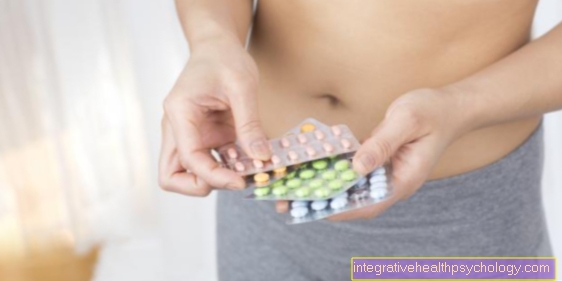

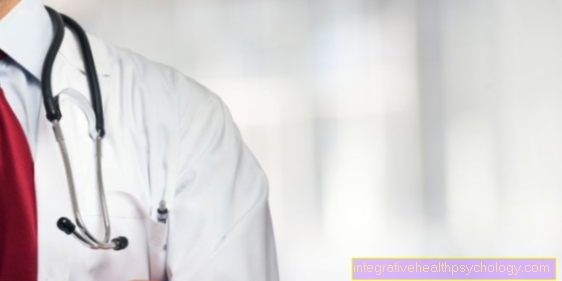

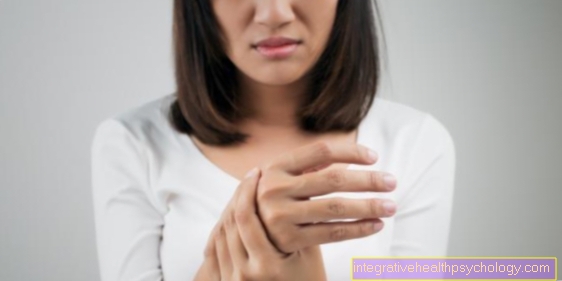

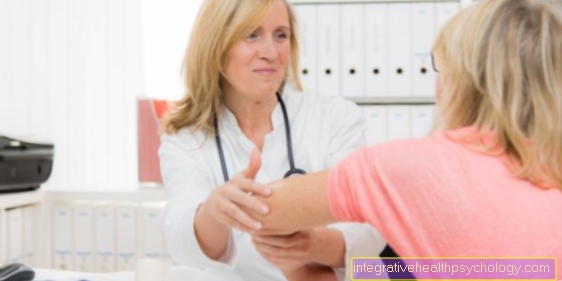
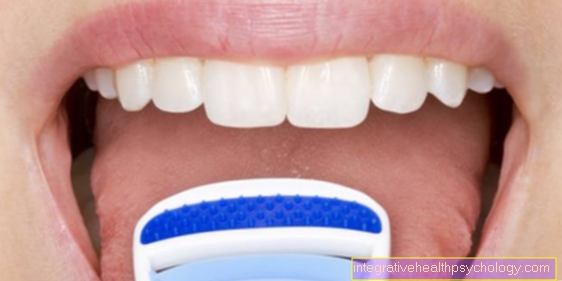



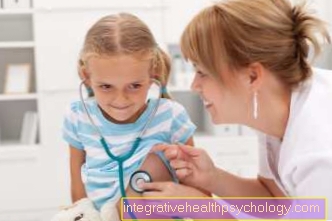
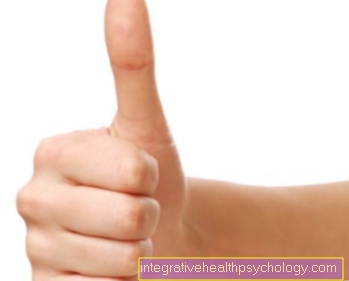


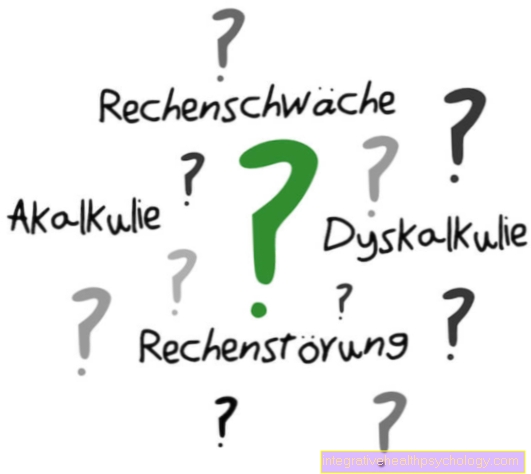
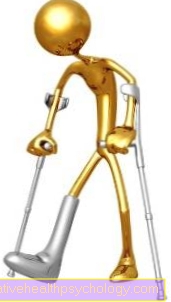






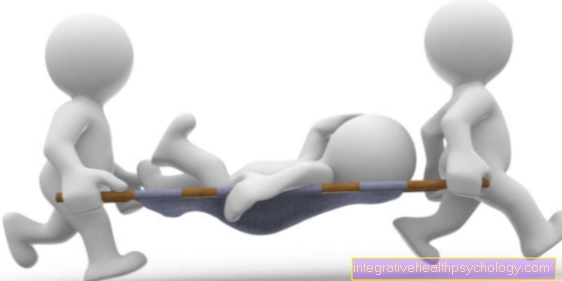
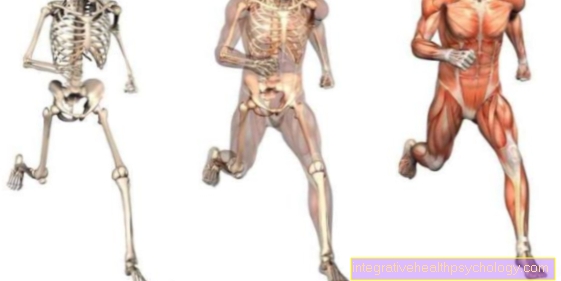
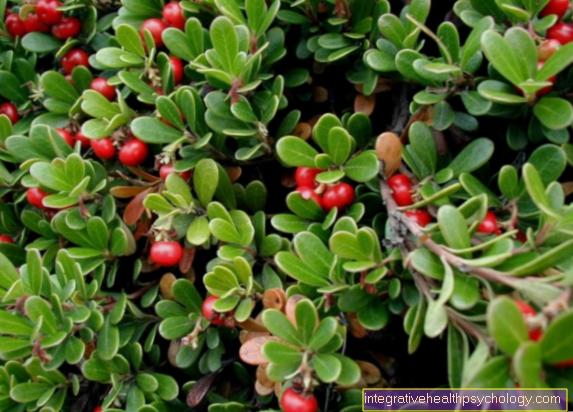
.jpg)